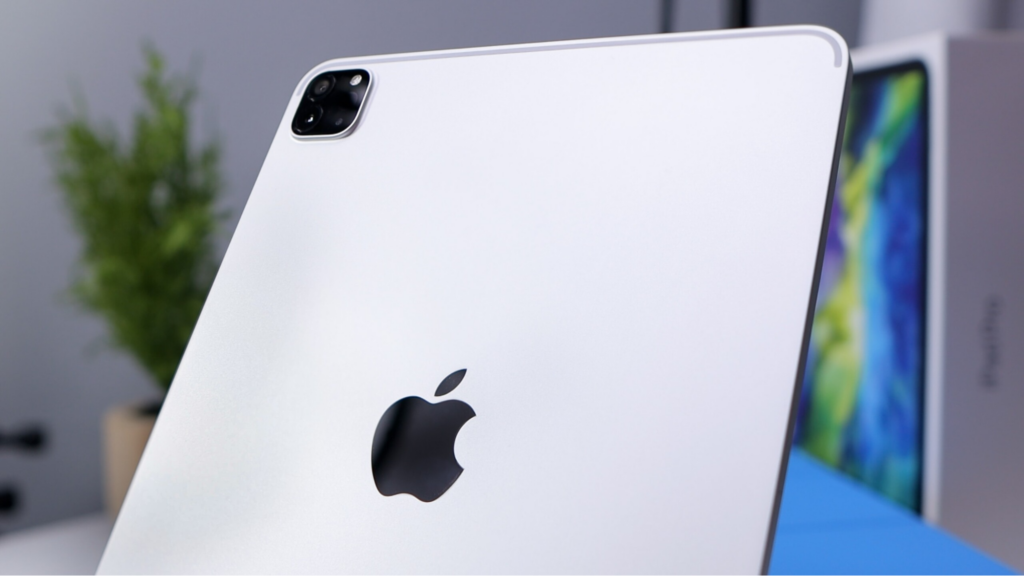
The iPad Pro has always been a benchmark in the tablet market, but how does the newly released iPad Pro (2024) compare to its predecessor, the iPad Pro (2022)? This article breaks down all the new features and enhancements, making it easier for you to decide if it’s worth the upgrade.
Design and Build
At first glance, both the iPad Pro (2024) and the iPad Pro (2022) look similar. However, there are notable differences in their design and construction. The 2024 model has a slightly slimmer profile and a more ergonomic design, offering easier handling for different usage scenarios. Apple has always prioritized build quality, and the new iPad is no different, featuring a more refined aluminum chassis that is both lighter and more durable.
Not to be outdone, the iPad Pro (2022) retains its sleek and minimalist design, which has been praised for its premium feel. Despite no significant changes in materials, the weight distribution in the 2024 version has been optimized for prolonged use, catering to both professionals and casual users.
Display Improvements
The iPad Pro series has always been known for its stunning display quality, and the 2024 model takes it a step further. Equipped with an upgraded Liquid Retina XDR display, the iPad Pro (2024) offers better brightness, richer colors, and more precise contrast ratios than the 2022 version. This makes it ideal for creatives working on graphic design, photo editing, and video production.
While the iPad Pro (2022) features an excellent display, it doesn’t match up to the enhanced sharpness and clarity provided by the newer model. One remarkable feature exclusive to the 2024 version is the True Tone Pro technology, which adjusts the screen’s white balance according to the ambient lighting conditions, offering a more natural viewing experience
Performance and Hardware
Under the hood, the iPad Pro (2024) is packed with Apple’s latest M3 chip, providing a substantial performance boost over the M2 chip found in the iPad Pro (2022). The M3 chip promises up to 20% faster CPU performance and 15% better GPU capabilities, making it more efficient for multitasking and resource-intensive applications such as 3D rendering and augmented reality (AR).
Here is a quick performance comparison between the two models:
- iPad Pro (2024): M3 Chip, up to 2TB storage, 16GB RAM
- iPad Pro (2022): M2 Chip, up to 1TB storage, 8GB RAM
The iPad Pro (2024) also comes with an enhanced Neural Engine, which accelerates machine learning tasks, making it a powerful tool for AI-related applications.
Battery Life and Charging
Battery life has been a significant focus in the new iPad Pro (2024). With optimal power management, the new model offers up to 12 hours of continuous usage, which is an improvement over the 10 hours provided by the 2022 version. This is largely due to the energy efficiency of the M3 chip combined with software optimizations in iPadOS 17.
Charging capabilities have also seen an upgrade, with the iPad Pro (2024) now supporting faster charging through MagSafe technology. This greatly reduces charging times, allowing you to get back to work quicker than ever. The 2022 model, while still excellent, does not support MagSafe, making the newer model a more appealing choice for heavy users.

Software Enhancements
With the iPad Pro (2024), Apple introduces iPadOS 17, which comes with a set of new features exclusive to the newer hardware. These include advanced multitasking capabilities through Stage Manager, enhanced widget functionality, and improved support for external displays. These additions make the 2024 model feel more like a true computer replacement.
The iPad Pro (2022) runs on iPadOS 16, which, while still feature-rich, does not support some of the more advanced functionalities present in the newer OS. Users of the 2022 model will miss out on these enhancements unless they upgrade, highlighting another reason to consider making the switch.
Conclusion
The iPad Pro (2024) brings a slew of upgrades and new features that make it a significant step forward from the iPad Pro (2022). From an improved display and enhanced performance to better battery life and exclusive software functionalities, the new model offers something for everyone. Whether you’re a professional looking for a powerful tool or a casual user in need of a reliable tablet, the iPad Pro (2024) stands out as the superior choice.
FAQs
1. What are the main differences between iPad Pro (2024) and iPad Pro (2022)?
The main differences include a slimmer design, upgraded M3 chip, superior Liquid Retina XDR display, better battery life, and features exclusive to iPadOS 17 in the 2024 model.
2. Does the iPad Pro (2024) support MagSafe charging?
Yes, the iPad Pro (2024) supports MagSafe charging, which offers faster charging times compared to the traditional charging method used in the 2022 model.
3. Can I run iPadOS 17 on my iPad Pro (2022)?
No, iPadOS 17 is exclusive to newer models like the iPad Pro (2024) and leverages hardware capabilities that are not available in the 2022 version.
4. Is the iPad Pro (2024) good for gaming?
Absolutely, the enhanced graphics capabilities of the M3 chip make the iPad Pro (2024) excellent for gaming and other resource-intensive applications.
5. How much does the iPad Pro (2024) cost?
The pricing for the iPad Pro (2024) varies based on storage and other configurations, but it generally starts at around $949 for the base model.




